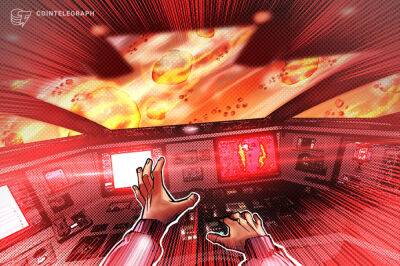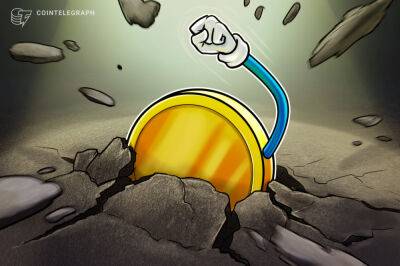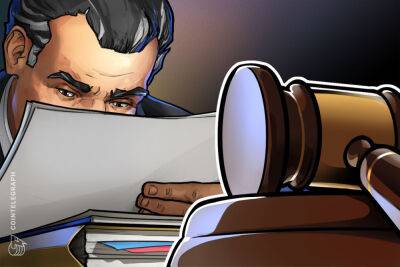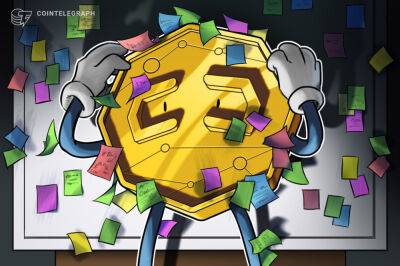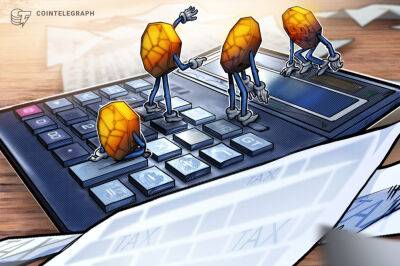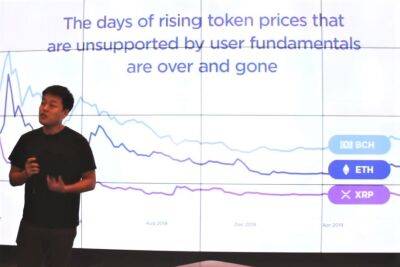US congress research agency weighs in on UST crash, notes gaps in regulation
The Congressional Research Service (CRS), a legislative agency that supports the United States Congress, has published a document that contains a rundown on algorithmic stablecoins and points out key factors to look at in the TerraUSD (UST) crash.
In the report, the CRS described the UST crash as a “run-like” scenario and posited that there are policy issues connected to the risk of such events. According to the CRS, a “run” situation starts when holders are doubtful of the reserves that back the dollar peg of the asset.
Following this, a significant number of investors withdraw investments at the same time, resulting in a negative domino effect that threatens the financial stability of the crypto ecosystem and the traditional finance system.
The research agency further explained that run-like scenarios in traditional finance are guarded by regulation and other measures such as bank deposit insurance and liquidity facilities. These reduce the incentives of those who are considering pulling out their assets.
On the other hand, the CRS notes that the stablecoin industry is not as “adequately regulated” and that there may be gaps in the regulatory frameworks of stablecoins, as the agency previously discussed in another report. Moreover, the CRS highlighted existing policy proposals that may restrict assets that could back stablecoins and establish reporting requirements.
Related: Polygon and others extend helping hand to Terra blockchain projects
Meanwhile, United States Treasury Secretary Janet Yellen recently noted that the de-pegging of stablecoins like UST and Tether (USDT) is not a threat to the country’s financial stability. Despite this, Secretary Yellen also noted that the digital industry is “growing very rapidly”
Read more on cointelegraph.com




